Community Building as World Building
An early elementary teacher details an engineering unit. Students design a model community — with no police or banks — in which everyone gets what they need.
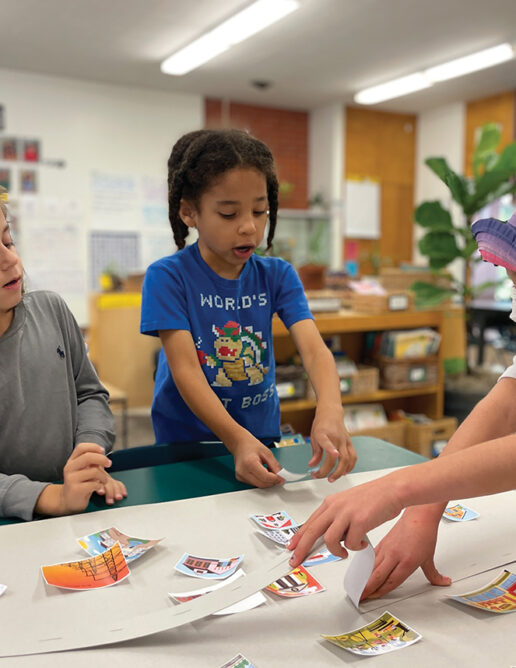
An early elementary teacher details an engineering unit. Students design a model community — with no police or banks — in which everyone gets what they need.

An equity coach argues for the importance of service learning for social justice and describes how elementary teachers she worked with developed a project around hunger.
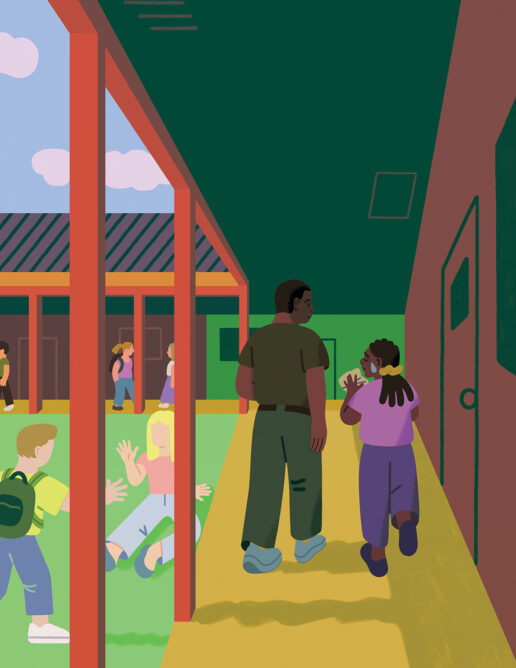
A former 5th-grade paraprofessional reflects on how racism shaped a student-teacher interaction in a classroom that also fostered trust, joy, and exploration.
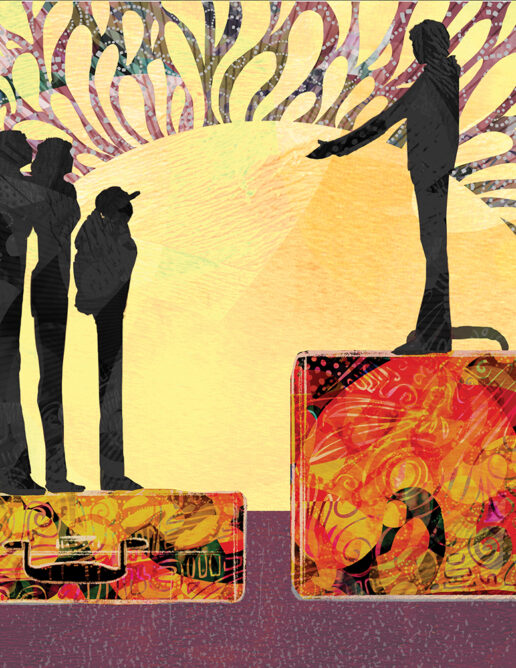
A 4th- and 5th-grade bilingual teacher details how the practice of home visits helped him connect with migrant students and families who were bused from Texas to New York.
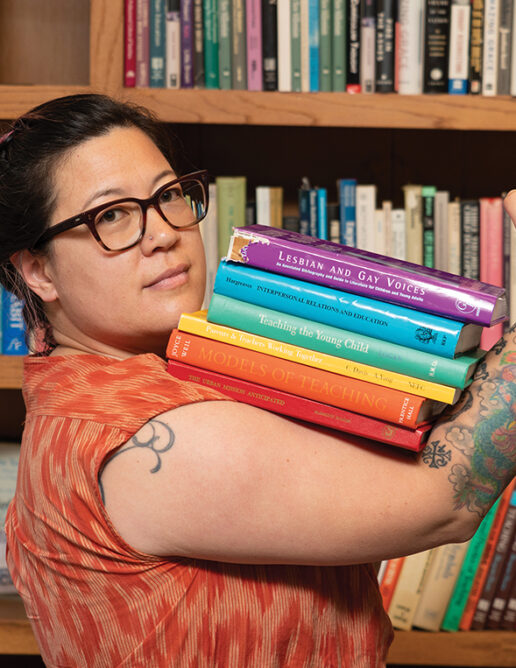
Jody Sokolower interviews Melissa Bollow Tempel, the Wisconsin teacher — and former Rethinking Schools editor — fired for speaking out about her district’s decision to refuse to allow her 1st-grade students to sing “Rainbowland.”

Las visitas al hogar son una práctica fundamental de mi labor como docente comunitario. Sin embargo, este año tuve una experiencia completamente diferente. Este año, todas las familias de los […]
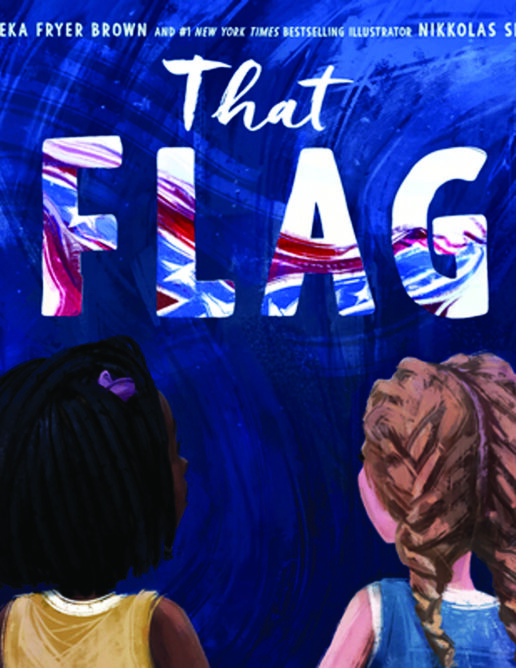
A teacher educator uses the excellent picture book That Flag to explore ways to address race and racism in the classroom.
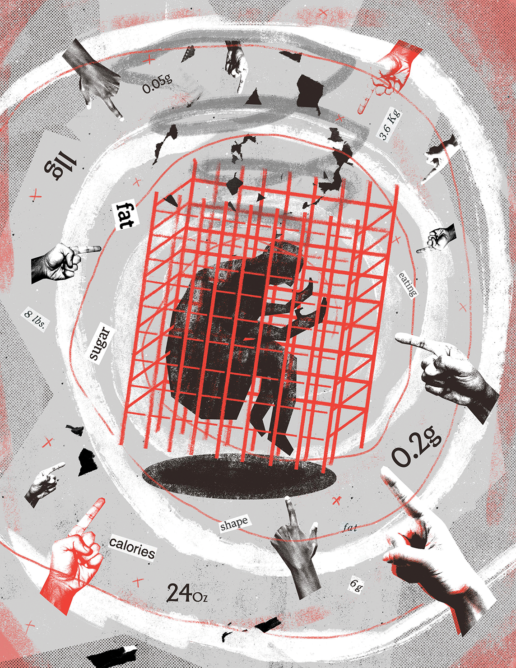
It is the noisiest time of the day at school. It’s lunchtime and I’m sitting with two of my 3rd graders in the basement cafeteria of our public school building […]
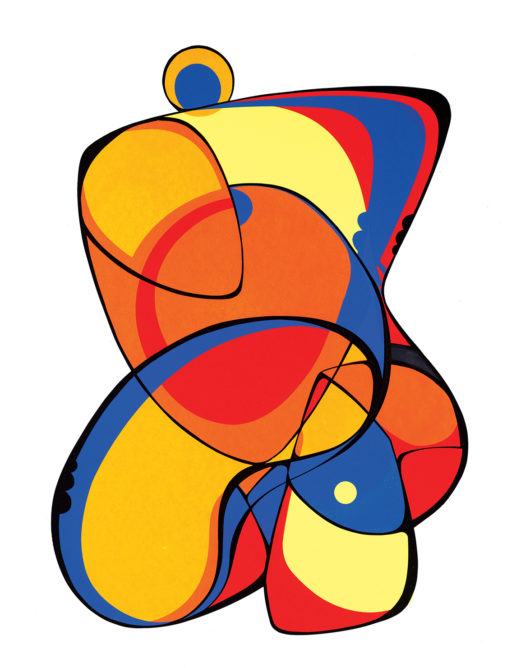
A special education teacher tackles fatphobia in our schools head-on, pointing out how we fall far short in our efforts to rid it from the classroom and how fundamentally detrimental fatphobia is to teaching and learning.
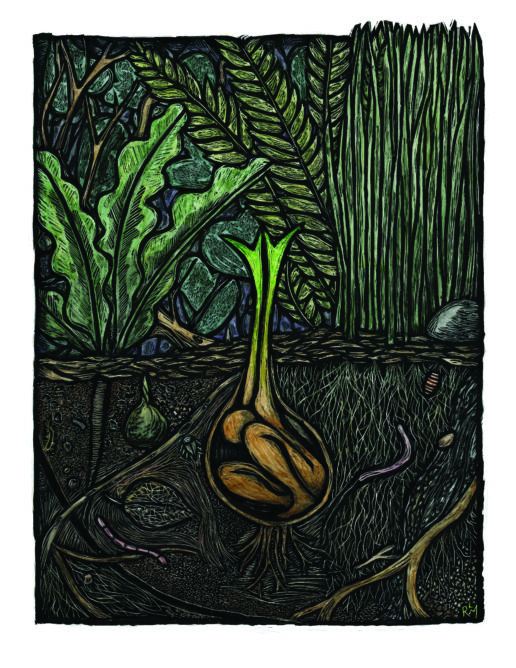
I hope that centering Indigenous voices in the classroom and school garden will teach my students the value of Indigenous ways of knowing. As they develop an awareness of the social injustice and resilience that characterizes the stories of Indigenous peoples and their food cultures, I want them to be dissatisfied with the absence of Native narratives and seek out the voices of the tribes themselves.
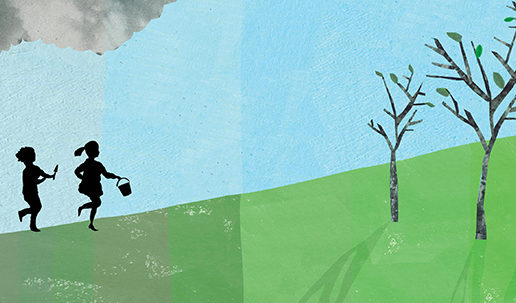
A kindergarten teacher helps students investigate issues of environmental justice — like access to green space — in their communities.
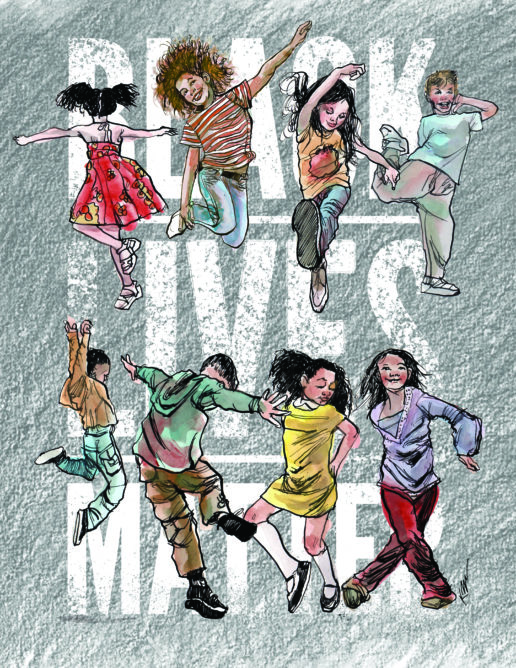
An elementary teacher helps her students express themselves about social justice issues like the murder of George Floyd and Black Lives Matter through movement and dance, and helps them see how dance can celebrate diversity.
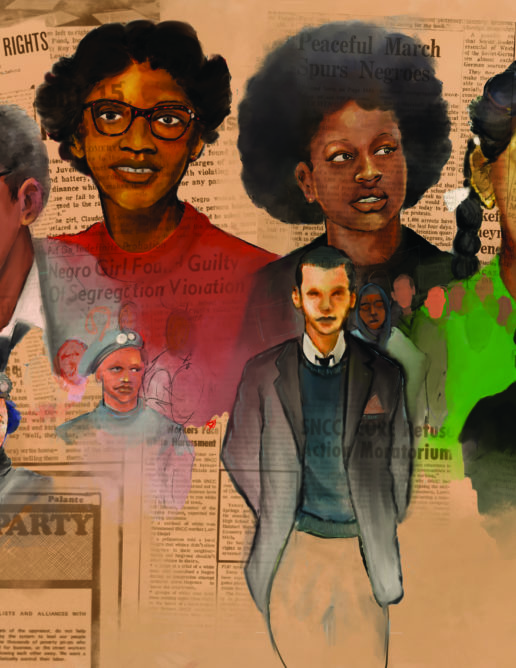
A 5th-grade teacher devises a mixer activity to help her students understand that the Civil Rights Movement was not fueled only by great leaders, but also by ordinary people who became change makers and organized with others.
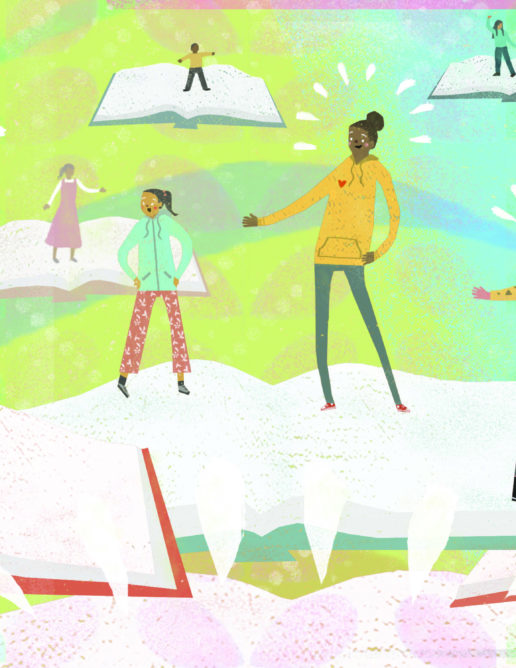
Role plays can offer students engaging ways to learn, but require careful contextualization and follow-up. This article offers some cautions and guidance about using them.
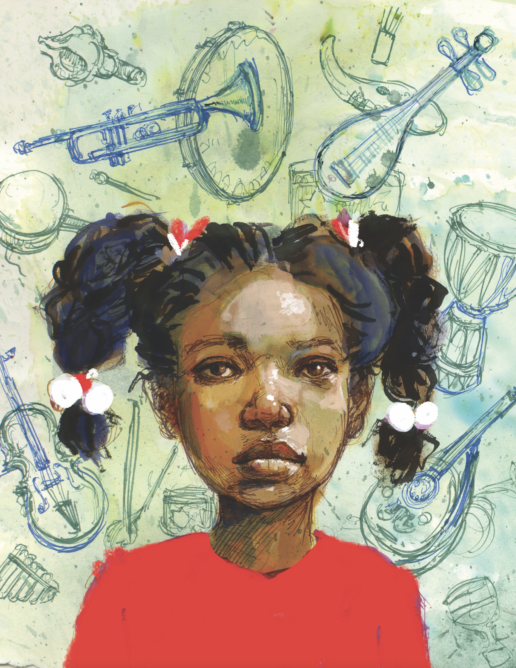
A music teacher stories her tense journey to listen to and include a parent in her child’s education.
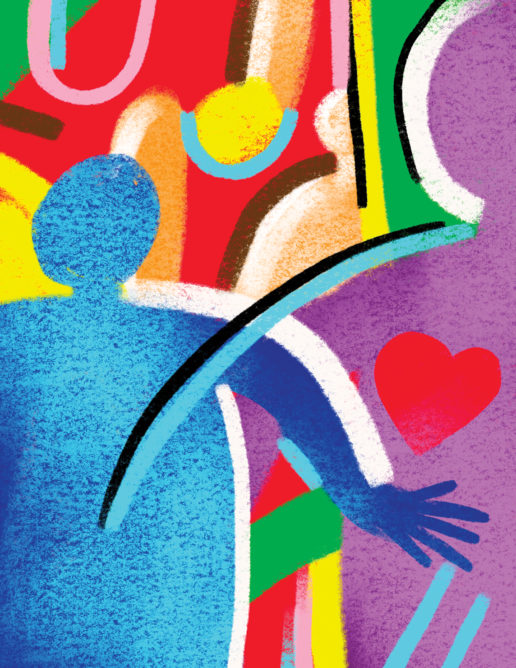
Harrington Pangallo describes pushback for reading a book to answer a student question — “What does gay mean?” — and her response.
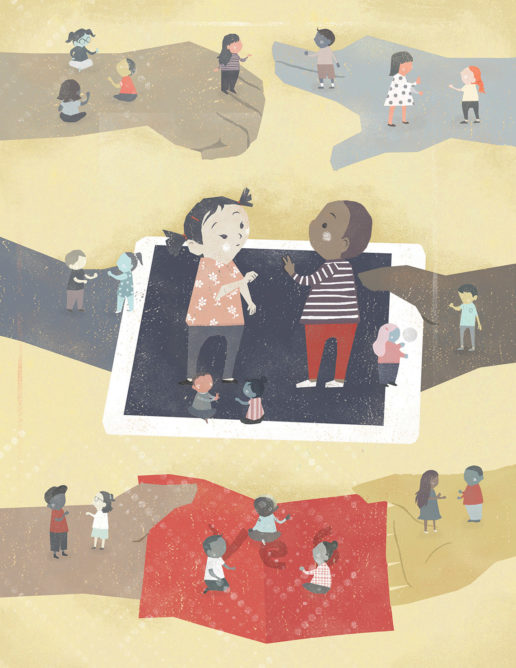
Asking a student about her communication preferences brings interdependence and solidarity into a kindergarten classroom.

An agriculture teacher describes teaching “every seed has a story” with 1st graders by honoring the story of, and planting, the Makah Ozette potato.
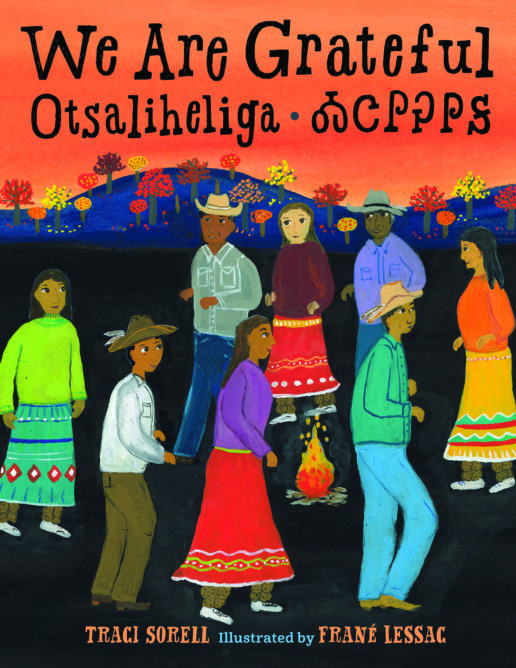
We Are Grateful: OtsaliheligaBy Traci SorellIllustrated by Frané LessacCharlesbridge Publishing, 2018 My preschool-age children collect treasures from the ground that end up on our table. Bits of moss, Douglas fir […]
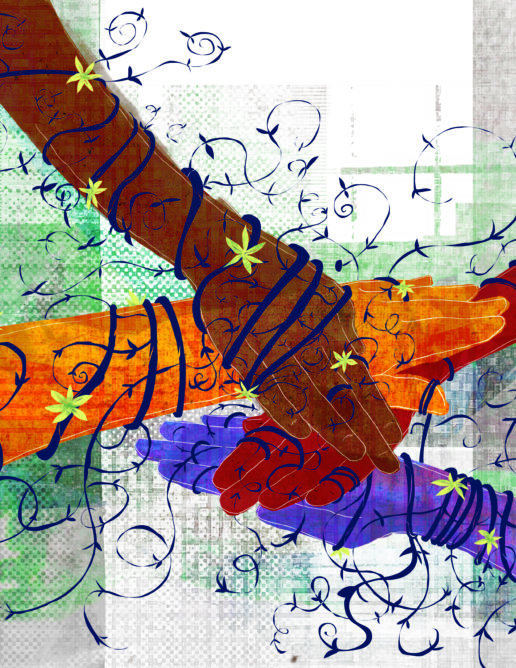
Back in the 1980s, I taught an elective class at Jefferson High School in Portland, Oregon, called Literature and Social Change. It centered around the questions “What is a good […]
photo: AP PHOTO/AMES TRIBUNE, NIRMALENDU MAJUMDAR A British parent confronts the realities of U.S. schooling By Andrew Gumbel Sooner or later, anyone who lives abroad reaches a defining moment when […]
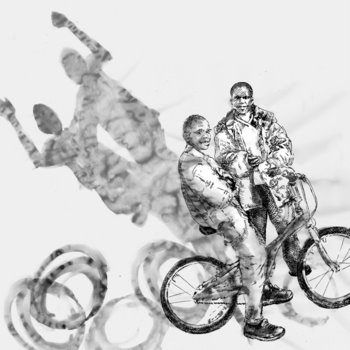
An elementary school teacher takes us inside his classroom to see how he builds on his students’ lives and passions to help them create persuasive essays.
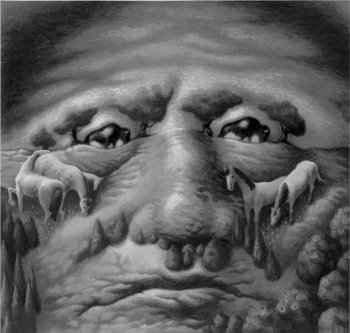
Of Thee I Sing: A Letter to My DaughtersBy Barack Obama Illustrated by Loren Long(Knopf, 2010) On the title page of President Barack Obama’s picture book, Of Thee I Sing: A […]
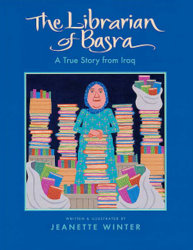
A review of The Librarian of Basra by Jeanette Winter (Harcourt, 2004)
First graders, three at a time, use classroom computers to take standardized tests. Their teacher explains the impact on the students and herself.